
Stanley Black & Decker Inc
NYSE:SWK

Profitability Summary
Stanley Black & Decker Inc's profitability score is hidden . We take all the information about a company's profitability (such as its margins, capital efficiency, free cash flow generating ability, and more) and consolidate it into one single number - the profitability score. The higher the profitability score, the more profitable the company is.
Profitability Score
We take all the information about a company's profitability (such as its margins, capital efficiency, free cash flow generating ability, and more) and consolidate it into one single number - the profitability score. The higher the profitability score, the more profitable the company is.
We take all the information about a company's profitability (such as its margins, capital efficiency, free cash flow generating ability, and more) and consolidate it into one single number - the profitability score. The higher the profitability score, the more profitable the company is.
Profitability Score
Margins
Profit margins represent what percentage of sales has turned into profits. Simply put, the percentage figure indicates how many cents of profit the company has generated for each dollar of sale.
Profit margins help investors assess if a company's management is generating enough profit from its sales and whether operating costs and overhead costs are being contained.
Earnings Waterfall
Stanley Black & Decker Inc

|
Revenue
|
15.4B
USD
|
|
Cost of Revenue
|
-10.8B
USD
|
|
Gross Profit
|
4.6B
USD
|
|
Operating Expenses
|
-3.7B
USD
|
|
Operating Income
|
903m
USD
|
|
Other Expenses
|
-608.7m
USD
|
|
Net Income
|
294.3m
USD
|
Margins Comparison
Stanley Black & Decker Inc Competitors

| Country | Company | Market Cap |
Gross Margin |
Operating Margin |
Net Margin |
||
|---|---|---|---|---|---|---|---|
| US |

|
Stanley Black & Decker Inc
NYSE:SWK
|
9.3B USD |
30%
|
6%
|
2%
|
|
| JP |
I
|
Ishii Iron Works Co Ltd
TSE:6362
|
304.2T JPY |
28%
|
13%
|
8%
|
|
| SE |
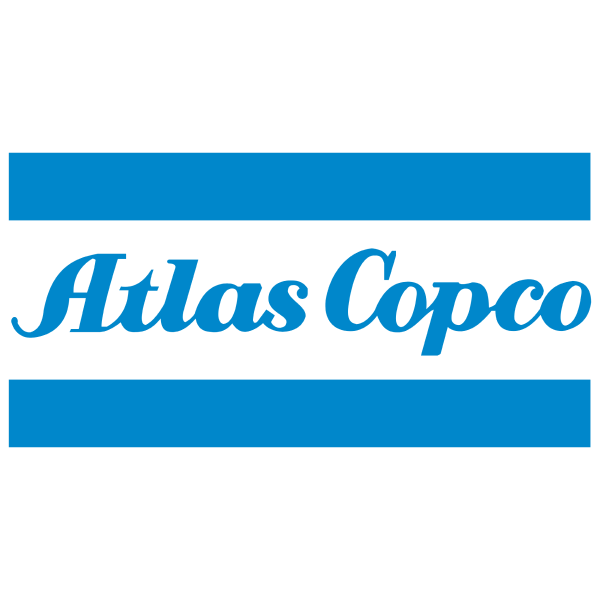
|
Atlas Copco AB
STO:ATCO A
|
743.7B SEK |
43%
|
22%
|
17%
|
|
| US |

|
Parker-Hannifin Corp
NYSE:PH
|
76B USD |
36%
|
20%
|
16%
|
|
| US |

|
Illinois Tool Works Inc
NYSE:ITW
|
69.8B USD |
44%
|
27%
|
22%
|
|
| JP |
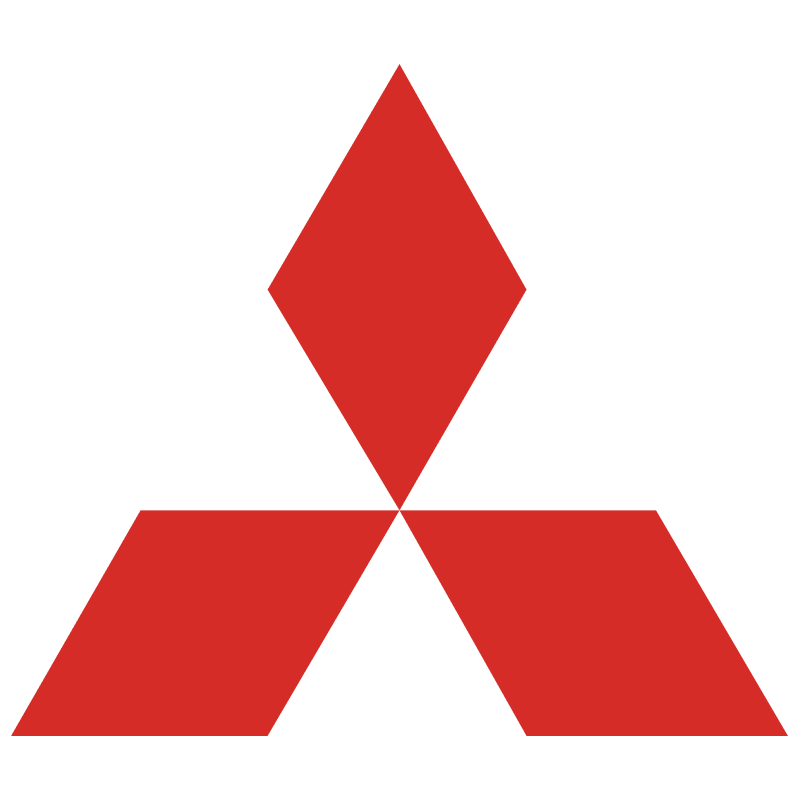
|
Mitsubishi Heavy Industries Ltd
TSE:7011
|
8.9T JPY |
21%
|
7%
|
5%
|
|
| US |
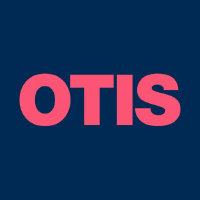
|
Otis Worldwide Corp
NYSE:OTIS
|
37.1B USD |
30%
|
14%
|
12%
|
|
| CH |

|
Schindler Holding AG
SIX:SCHP
|
29.3B CHF |
22%
|
8%
|
5%
|
|
| US |
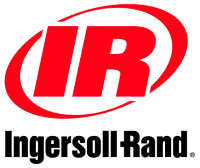
|
Ingersoll Rand Inc
NYSE:IR
|
30B USD |
44%
|
20%
|
12%
|
|
| FI |
K
|
Kone Oyj
OMXH:KNEBV
|
26.3B EUR |
21%
|
12%
|
9%
|
|
| US |
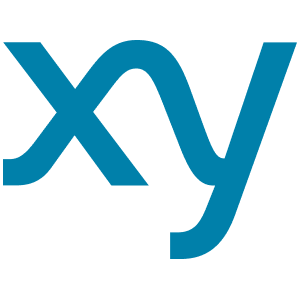
|
Xylem Inc
NYSE:XYL
|
27.8B USD |
38%
|
13%
|
10%
|
Return on Capital
Return on capital ratios give a sense of how well a company is using its capital (equity, assets, capital employed, etc.) to generate profits (operating income, net income, etc.). In simple words, these ratios show how much income is generated for each dollar of capital invested.


Return on Capital Comparison
Stanley Black & Decker Inc Competitors

| Country | Company | Market Cap | ROE | ROA | ROCE | ROIC | ||
|---|---|---|---|---|---|---|---|---|
| US |

|
Stanley Black & Decker Inc
NYSE:SWK
|
9.3B USD |
3%
|
1%
|
5%
|
5%
|
|
| JP |
I
|
Ishii Iron Works Co Ltd
TSE:6362
|
304.2T JPY |
7%
|
4%
|
9%
|
6%
|
|
| SE |

|
Atlas Copco AB
STO:ATCO A
|
743.7B SEK |
29%
|
15%
|
27%
|
18%
|
|
| US |

|
Parker-Hannifin Corp
NYSE:PH
|
76B USD |
26%
|
11%
|
18%
|
12%
|
|
| US |

|
Illinois Tool Works Inc
NYSE:ITW
|
69.8B USD |
110%
|
23%
|
39%
|
24%
|
|
| JP |

|
Mitsubishi Heavy Industries Ltd
TSE:7011
|
8.9T JPY |
12%
|
4%
|
11%
|
5%
|
|
| US |

|
Otis Worldwide Corp
NYSE:OTIS
|
37.1B USD |
-34%
|
15%
|
57%
|
25%
|
|
| CH |

|
Schindler Holding AG
SIX:SCHP
|
29.3B CHF |
14%
|
5%
|
15%
|
10%
|
|
| US |

|
Ingersoll Rand Inc
NYSE:IR
|
30B USD |
8%
|
5%
|
10%
|
8%
|
|
| FI |
K
|
Kone Oyj
OMXH:KNEBV
|
26.3B EUR |
34%
|
11%
|
34%
|
16%
|
|
| US |

|
Xylem Inc
NYSE:XYL
|
27.8B USD |
9%
|
5%
|
8%
|
6%
|
Free Cash Flow
Free cash flow (FCF) is the money a company has left over after paying its operating expenses and capital expenditures. The more free cash flow a company has, the more it can allocate to dividends, paying down debt, and growth opportunities.
If a company has a decreasing free cash flow, that is not necessarily bad if the company is investing in its growth.























































 You don't have any saved screeners yet
You don't have any saved screeners yet
